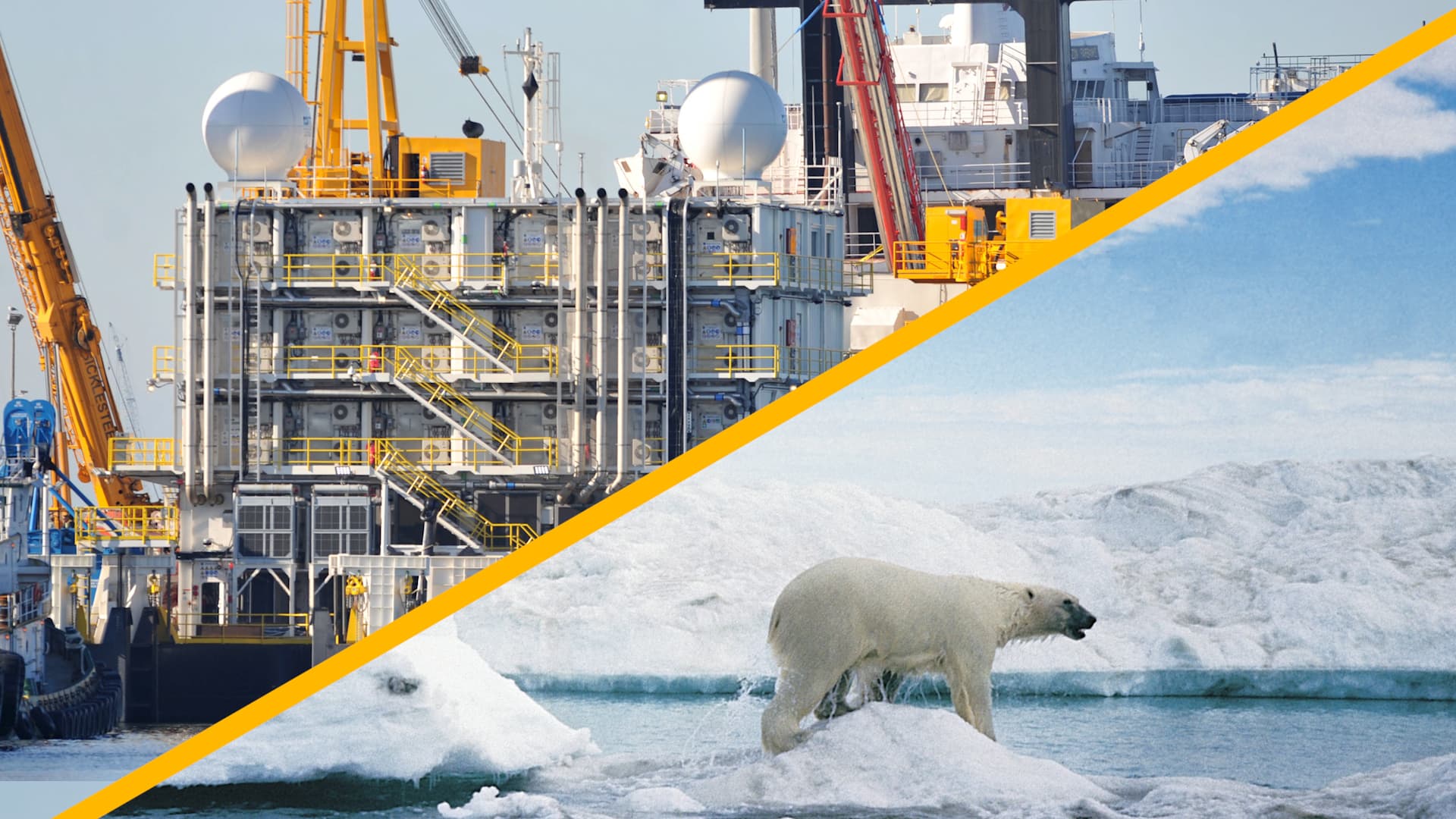The Arctic is not a barren, frozen wasteland. It’s home to some of the most unique ecosystems in the world. More than this: it’s home to people.
Those people are at the center of the controversy over drilling for oil in the Arctic.
The Trump administration is now starting the formal process of selling leases in the Arctic National Wildlife Refuge to oil companies, according to the New York Times. The move comes after the Trump administration opened the refuge for oil drilling in August 2020.
There are potentially billions of dollars in untapped oil and gas reserves in the Arctic. But, there is value in keeping the region untouched, too. The Arctic provides more than $281 billion per year in fishing, oil, mineral extraction, tourism and climate stabilization services, according to a preliminary assessment done in 2016 by environmental economist Tanya O’Garra, who worked at the Center for Research on Environmental Decisions at Columbia University at the time the research was conducted.
“The Arctic provides the entire world with climate stabilization, and in the absence of that, we may well see changing growing seasons, more hurricanes, more droughts and more unstable climate,” O’Garra told CNBC.
Watch the video above to learn about how the Arctic is valued, and how the potential for more oil drilling may impact the region.
